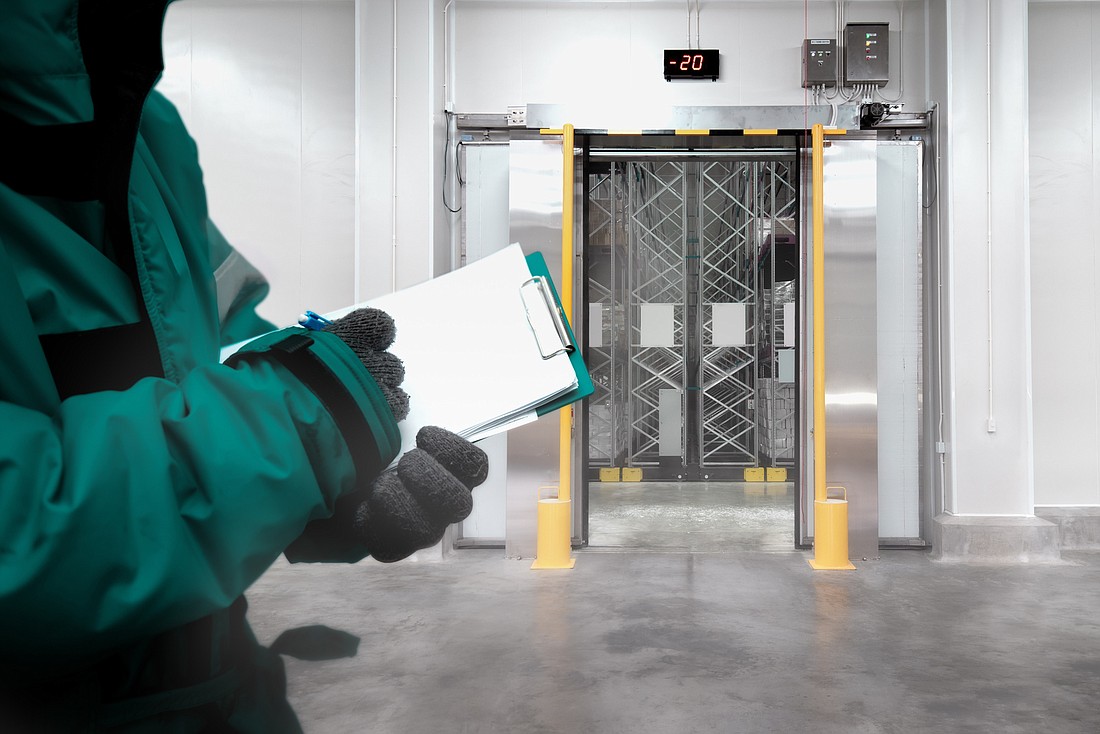
By Ben Stewart | First Vice President, CBRE Industrial & Logistics Advisory & Transaction Services
A lack of cold storage development over the past decade has finally caught up with the industrial market.
Robust demand from consumers and tenants, along with sky-high lease rates, have spurred investor interest in this category of industrial real estate.
Cold storage demand has traditionally followed population growth and demographic changes.
For example, recent migration patterns have generated more food and beverage demand in states like Florida, Arizona and Texas, resulting in the need for more cold storage capacity.
The pandemic’s impact on grocery sales expedited the shift from in-person shopping to online ordering and home delivery.
According to a recent CBRE report on cold storage demand, e-commerce’s share of total U.S. grocery sales is expected to rise from 13% in 2021 to 21.5% in 2025.
This growth is pushing existing cold storage supply chains to the limit and spurring new development.
As of the second quarter of 2022, 3.3 million square feet of speculative cold storage was under development in the U.S., up from only 300,000 square feet in 2019, according to CBRE.
Today, a variety of existing cold storage facilities service the Jacksonville market.
This includes 30 million cubic feet of temperature-controlled warehouse space with more than 100,000 pallet positions.
However, these facilities are fully occupied and the region’s increasing demand for cold storage is enticing developers to deliver more inventory.
New developers to Jacksonville have answered that call with various cold storage facilities under development.
These range in size from 150,000 to 334,000 square feet and they’re mostly in the Northside submarket.
JaxPort is a key link in their supply chain and these developers know that proximity to major nodes lowers transportation costs, which in turn attracts tenants.
However, these specialized facilities have some barriers to entry.
It costs more than $200 per square foot to build a cold storage facility, which is more than double that of a standard Class A industrial warehouse.
As a result, these elevated construction costs and the market’s limited supply of products are driving cold storage lease rates and operating costs to record highs.
Even then, consumer demand and the growing percentage of e-commerce purchases for product that only cold storage facilities can warehouse is justifying these costs in Jacksonville and across the nation.
Ben Stewart is the 2022 NAIOP Commercial Real Estate Development Association Northeast Florida Chapter Membership Chair.